COLUMNS
ArchiTRAVELING
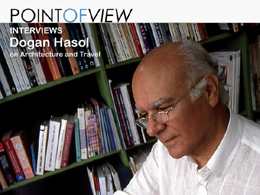
16 January, 2012
ArchiTeam interviews the architect DOGAN HASOL
ArchiTeam interviews the architect DOGAN HASOL, based in Turkey.
What is the importance of architectural tourism?
Tourism is important and architectural tourism is also important. Architecture is a part of culture, so if you travel you learn about the tradition, the history as well as the future of some countries. Architecture represents a country, its cultural level in a way that you see the buildings and even if you are simply a tourist you can learn about the history of the country you visit. If you are an architect you learn a lot about the country visited, are able to compare your knowledge with the buildings of your own country and with your practice.
What is the importance of traveling, especially for Architects and humans in general?
As I explained before, for an architect it is essential to see what is happening in the world, what is happening outside of one's country and see novelties, technology as well as the mentality of other countries. When coming back one can use the knowledge gained in practice. On the other hand there are many other possibilities for an architect; there are reviews, magazines, books and other facilities, i.e. the internet, but it is very important to see buildings with your own eyes, for example when visiting India, if you see Taj Mahal it creates another feeling, it is not the same when you see it in a magazine. This is really something else.
What do you think is the added value that Architecture creates within a city?
When you visit Istanbul you see the natural beauty, the architectural works and the history, and when you visitRome or Paris this is not for their natural beauty but mainly for their architecture and their history. You see a lot of buildings which are important for their history as well as their architecture. You see all these things and in the recent example of Bilbao, after the construction of the museum, the number of visitors to the city increased significantly. Despite much discussion the same occured in Paris when I. M. Pei constructed the pyramid at the Louvre. Nowadays mayors and other officials encourage this kind of investment in architecture to increase visits to their cities.
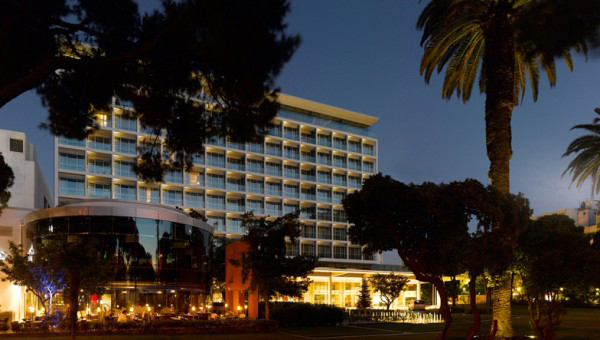
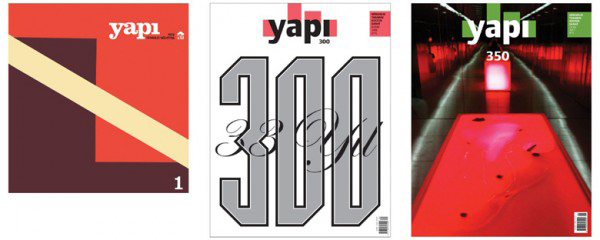
You have created your own practice in Istanbul. Your office deals with urban, architecture and industrial design with a wide version in any scale.
Turkey is a country with great history. Designing a modern building within this context is a complex procedure. Is critical regionalism an approach to your architecture?
For a historic country it is not easy to construct without having respect for already existing buildings. Consideration must be made for listed buildings, but on the other hand there are some settlements in the city which give character to the city must be considered as well. When constructing in an already built area with a historic value you have to obey the rules of architecture and respect already existing buildings. There is a historic part of Istanbul within the Byzantine walls. In this area there are some strict building codes. Within these rules you are not able to construct more than four or five floors depending on the region. The question of scale is very important in the old areas. On the other hand, it is not necessary to imitate nor repeat old forms but you can use the sense. You must have a respect to preserve the old. You have to preserve first of all the existing architecture values and then add something contemporary. You don't have to imitate.
How would you characterize modern Turkish architecture?
Although in Turkey we have good examples of modern architecture we have had a huge increase of population in the cities during the last fifty years. Many of the new comers to the cities occupied government lands creating their own quarters with shanty constructions. In the beginning the settlements were constructed like the rural villages from which the people came. This was the first phase. Later with the encouragement of vote-seeking politicians the squatters enlarged their buildings to apartment blocks. The result became a catastrophy. So I would like to say that there are good examples of modern architecture in Turkey but you are not often able to see them easily within these dense and anarchic settings.
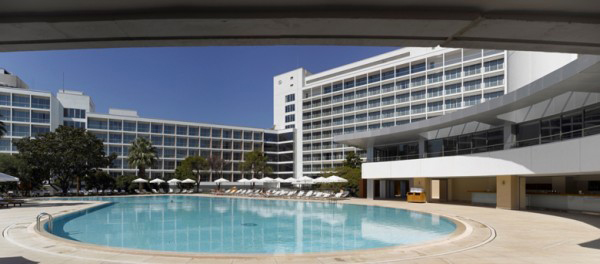
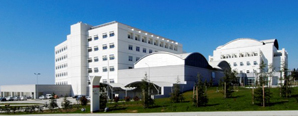
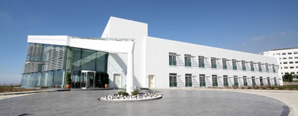
You are one of the founders as well as the President of the Turkish Building Information centre (YEM).What exactly is YEM and how is it related with architecture?
We established the Building Information Centre (YEM) in 1968 to provide information for the building sector. In the beginning we had a large showroom in Istanbulwhere we exhibited building products. We later began organizing larger temporary exhibitions one of which is Turkeybuild. Every year we have three Turkeybuild exhibitions: Istanbul, Ankara, Izmir. The Istanbulexhibition occupies an area of 81000 sqm. providing information to architects and building professionals. As YEM, our mentality in establishing this Building Information Centre was to provide an educational service to the building sector about the possibilities in the field of construction. We have been doing this for 42 years now, and I think this is a success as we have always had good relations with the sector's professionals. In the Centre, most every week we have a lecture with an average audience of 500 people.
In recent years attention turns to green urban regeneration. Do you think that it is imperative for the city or it's just a new fashion with economic outcomes and covertly interests?
Going green is very necessary for the world, for the future of the world. When we use fuel, we waste our money. We burn our money and we obtain CO2 which pollutes our world, our atmosphere. Green urban regeneration is not an option, it is a necessity for the future of the world, not only for us but for our children.
At the end, can you please provide your personal proposal of 10 buildings (constructed and visitable) which you think as the most important worldwide that someone must visit anyway?
In my opinion among the buildings that one must see are: Hagia Sophia in Istanbul, Sinan's Selimiye Mosque and its complex in Edirne, Taj Mahal in India, Mies Van de Rohe's Pavilion and Gaudi's Sagrada Familia inBarcelona, Le Corbusier's Villa Savoye in France, Frank Lloyd Wright's Guggenheim museum in NY, Frank Gehry's Bilbao Museum, Oscar Niemeyer's Cathedral in Brasilia,Jorn Utzon's Sydney Opera House in Sydney.
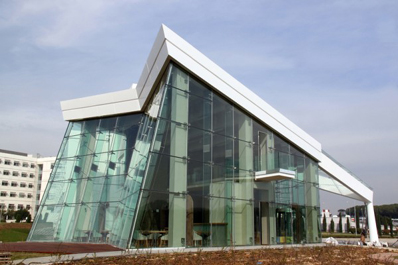
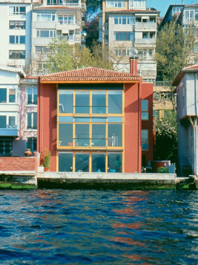
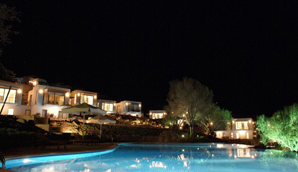
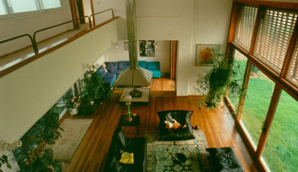
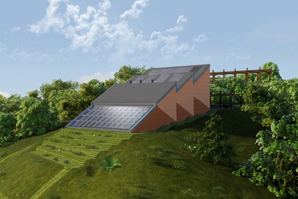
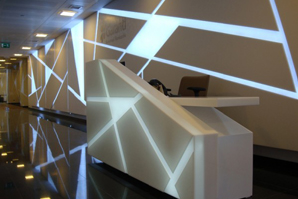
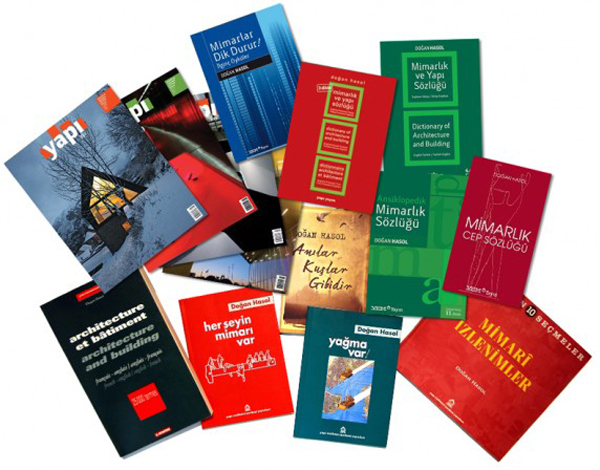
Part A'
Part B'
ArchiTeam
Production: Kyriaki Gkavogianni, Virginia Giagkou
Editing: Alex Vandoros, Maria Anagnostou
Video: Maria Anagnostou
Notes
Bio and Photo Credits http://www.architravel.com/pointofview/pov/people/dogan-hasol










